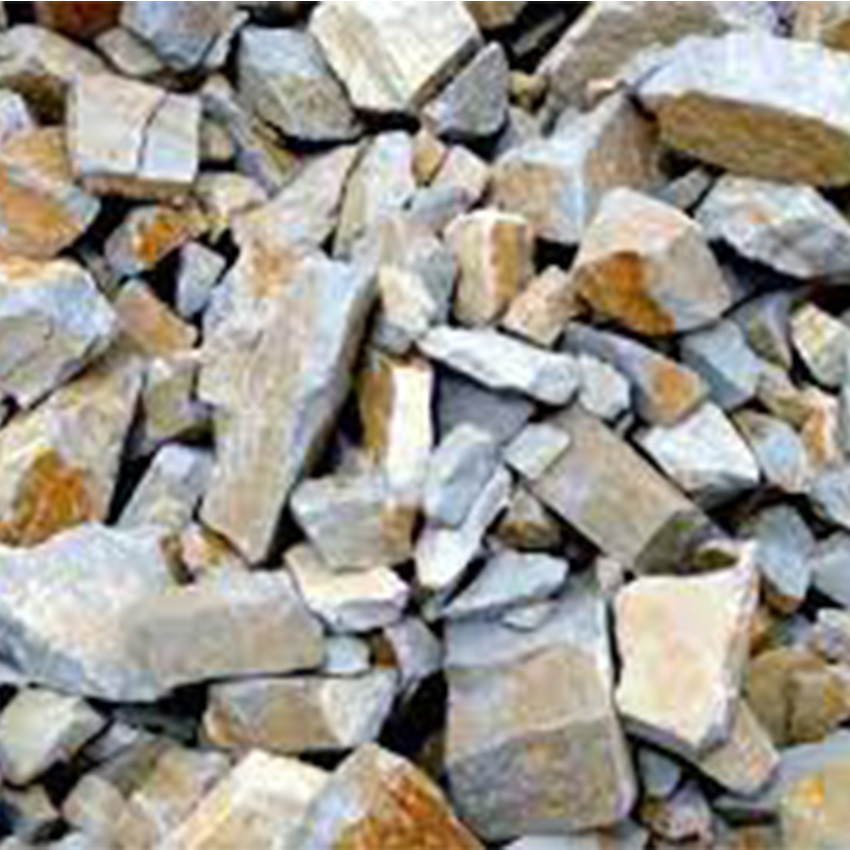Views: 0 Author: Site Editor Publish Time: 2024-03-20 Origin: Site








 |  |
Phosphate Vibrating Screen
Phosphate rock refers to the general term for phosphate minerals that can be used economically. Its main purpose is to prepare phosphate fertilizer (accounting for about 70% of the total consumption), followed by food industry, animal feed and other uses.
In order to produce qualified phosphorus powder, the phosphate ore beneficiation firstly needs to crush the phosphate rock to make the phosphorus minerals reach the degree of monomer separation, which is called "monomer separation degree". The ore crushing process includes crushing, screening, grinding, and grading processes. Only when the phosphorus minerals are dissociated from the ore, can the phosphorus minerals be selected. Therefore, the raw ore entering the phosphate ore concentrator, usually, preparatory operations such as crushing and grinding are required first, and then the final product with high phosphorus content can be obtained through processes such as flotation and screening, which is called phosphorus concentrate. Among them, the phosphate vibrating screen is the equipment used to classify the ore and dehydrate the tailings.
The phosphate ore beneficiation process involves a variety of vibrating screening equipment, such as multi-frequency dewatering screens, high-frequency screens, circular vibrating screens, linear vibrating screens, etc.
Phosphate ore beneficiation mainly adopts flotation process to enrich phosphate ore. The technological process can be explained as: raw phosphate ore is crushed in the first stage and then enters the double-layer phosphate vibrating screen for screening, the upper layer product is re-crushed and then under goes the second stage crushing together with the middle layer product, and the second stage crushed product is returned to merge with the first stage crushing. The product is screened again. The final product after screening is ground through the first ball mill and forms a closed-circuit grinding with the grading mechanism. The grading overflow is classified by the cyclone and then enters the second-stage ball mill for regrinding, and then forms a closed-circuit grinding with the cyclone. The cyclone overflow is firstly subjected to priority flotation, and its foam product is subjected to secondary selection and third selection to finally become a concentrate product. After priority flotation, the tailings undergo primary roughing, primary selection, secondary selection, The separation process of three-time selection and one-time selection, the tailings of one-time selection and the foam products of one-time selection enter the cyclone for re-classification and re-separation, and the second selection and one-time selection constitute closed-circuit separation The third selection and the second selection constitute a closed-circuit selection. After the phosphate concentrate is selected, the remaining products contain very low phosphorus minerals, and this product is usually called tailings. In the tailings dehydration and dry discharge process, high-frequency phosphate vibrating screens are often used for solid-liquid separation, making the discharged tailings drier and easier to transport.
